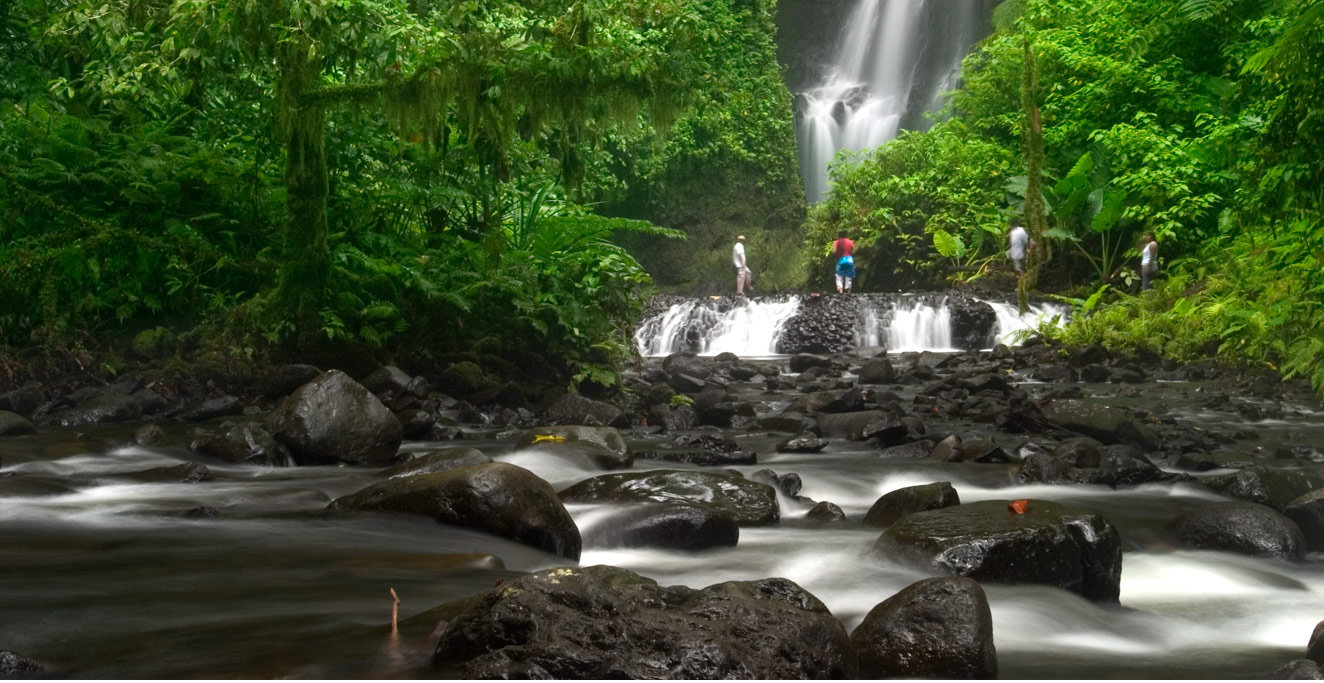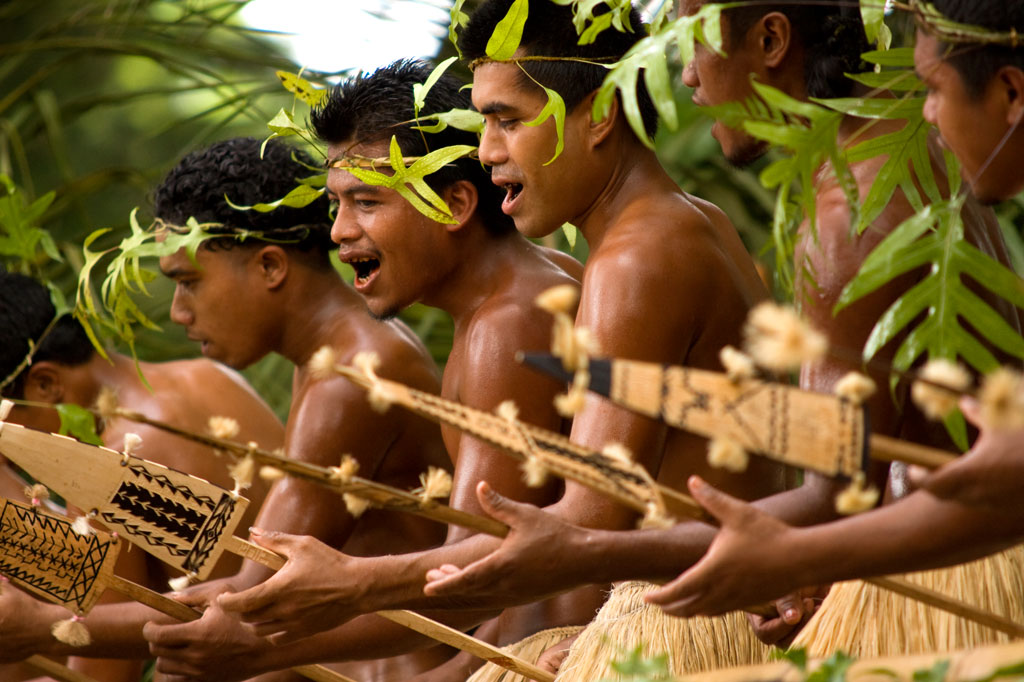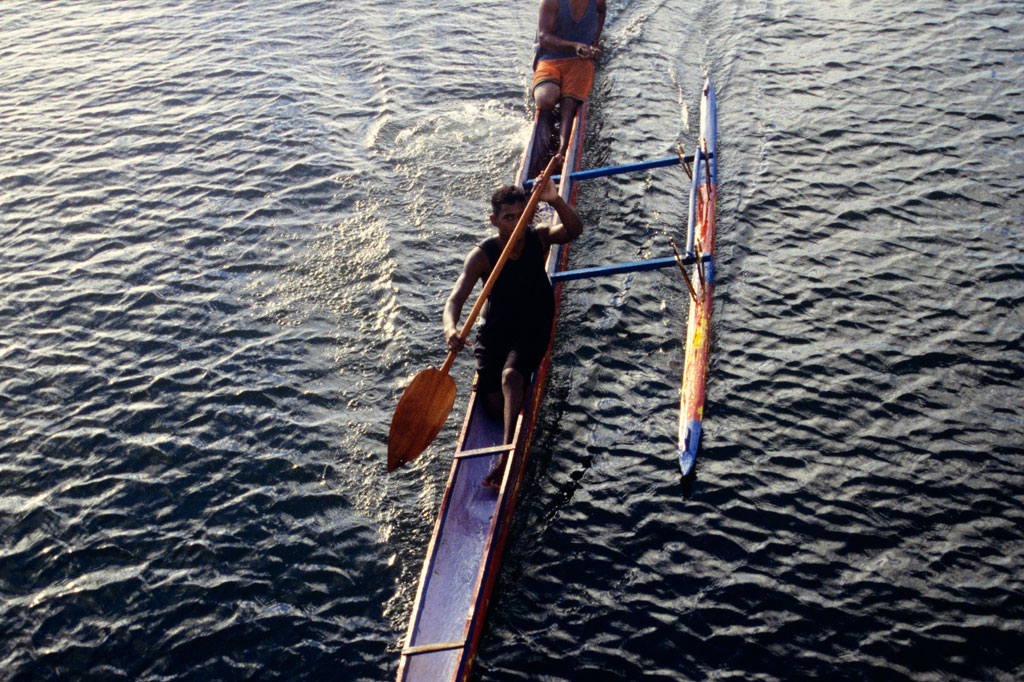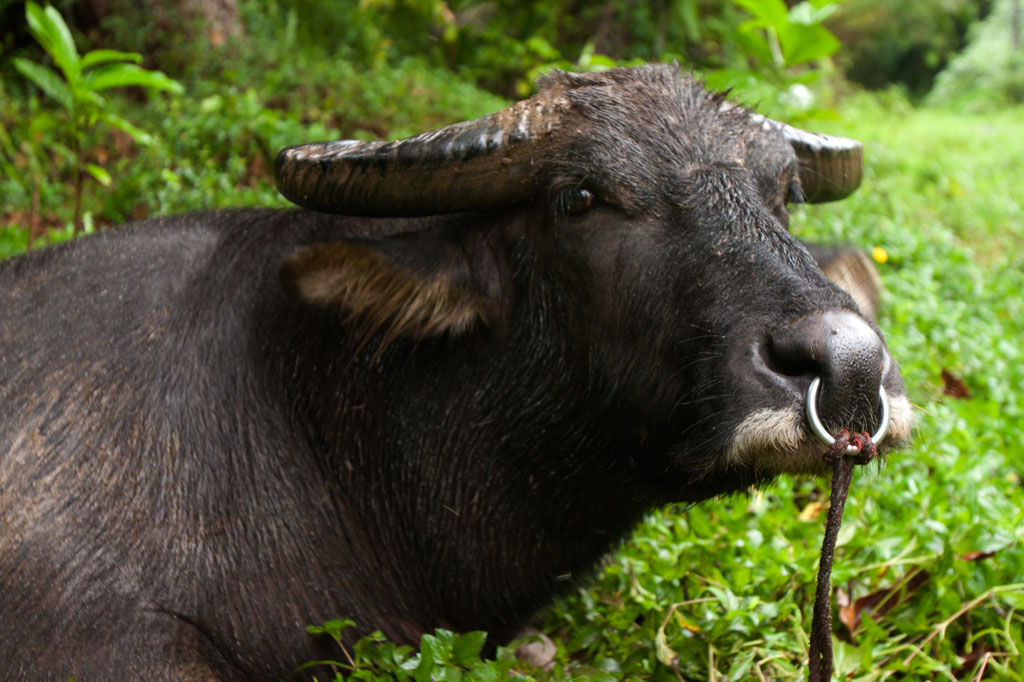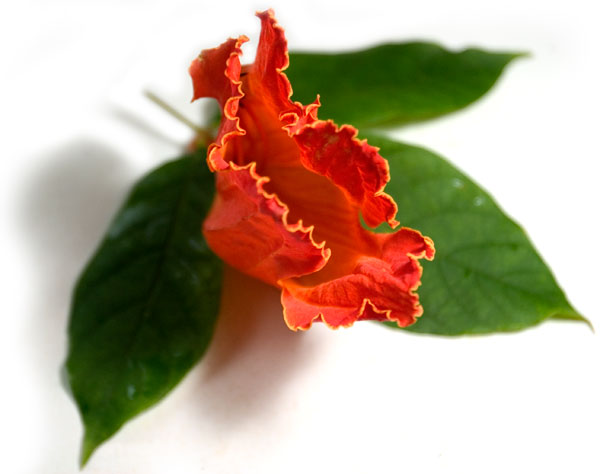An Introduction to Western Kitti
The southwestern portion of Pohnpei Island, which now comprises the bulk of the chiefdom of Kitti (pronounced kĭ.chee), was known as Kohpwaleng until the defeat of Nan Madol in the mid-1600s, after which the area reverted to five independently-governed regions: Onohnleng, Pwoasoa, Lukop, Pehleng, and Kepihleng. The latter was ruled from Sapwtakai, a great stone fortress perched on top of a hill. Sometime around the mid-1700s, a rival clan seized Pehleng and Kepihleng, prompting Onohnleng and Lukop to join forces in an effort to regain control. With the help of a clever ruse, Onohnleng finally achieved victory, captured Sapwtakai, and united the five sections as the chiefdom of Kitti. The Soukisen Leng, high priest of a prominent religious cult in Onohnleng (now called Wene), became the first Nahnmwarki, or paramount chief, of the new district.
By the 1830s, whaling was big business in the Pacific and visits by foreign ships to Kitti’s harbors had become commonplace. Rascally beachcombers caused all sorts of mischief, distilling and selling liquor, thieving and raping, making and breaking trade deals with locals and each other, and murdering competitors whenever the mood took them. A number of legitimate traders also set up shop in Kitti, negotiated deals with local chiefs, and attempted to get rich (usually unsuccessfully).
The 1850s were characterized by a series of wars between Kitti and neighboring Madolenihmw that culminated in repeated victories for Kitti and the rise of the Nahnken Nanku as the true leader of the district. This period set the stage for the arrival of American Protestant missionaries, whose teachings would leave an indelible mark on the culture of Kitti and Madolenihmw, both of which are predominately Protestant to this day.
Despite its tumultuous history, Kitti has retained a bucolic charm and is considered by many to be the heart of Pohnpeian tradition, ceremony, and spiritual belief. The chiefdom has its own unique dialect and exhibits a fondness for the use of the honorific language, usually only utilized in special situations elsewhere. Many things continue as they have for a century or more. Women still meet to wash clothes and gossip in the shady rivers. Many men still go out to fish, hunt Philippine sambar deer (Rusa marianna) in the mountains, or engage in the secret art of yam cultivation, while others commute to Kolonia for work. Huge, but gentle, water buffalo — brought by the Spanish to Pohnpei via the Philippines in the late 1800s — plod here and there, particularly in Salapwuk and Enipein, where they are used to haul breadfruit harvests or other goods on crude sledges.
Western Kitti Attractions
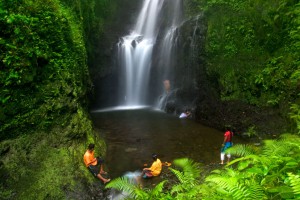
The Six Waterfalls Hike
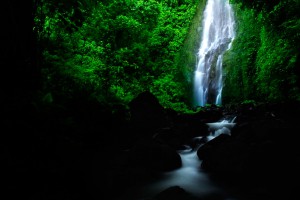
Sahwartik & Sahwarlap Waterfalls
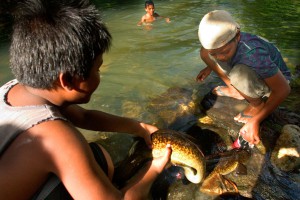
Pilen Seleur Eel Pools
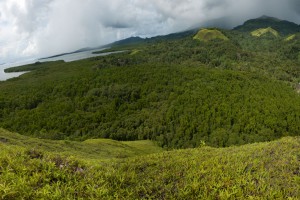
Dolen Uh & Other Treeless Hills
Sapwtakai and Other Prehistoric Cultural Sites & Ruins
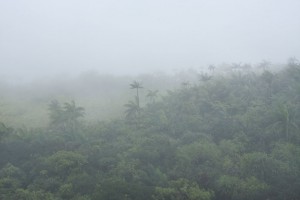
Nahnalaud — the Big Mountain
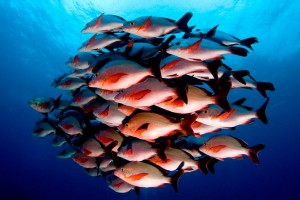
Pohnpei Diving – West Side Sites
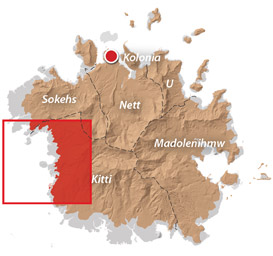
Western Kitti GPS Data
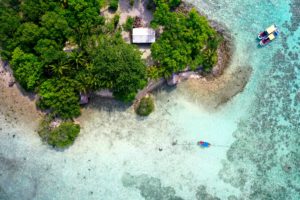
Black Coral Island
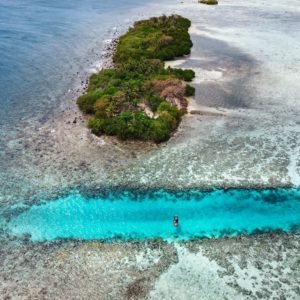
Kehpara Island
Drinking Sakau
In the evenings a great many people gather on their family’s property, in community houses (nahs), or at small roadside bars, called “markets,” to while away their time sipping Pohnpei’s potent ceremonial drink, sakau (known elsewhere as kava). The thick, earthy beverage is made by pounding the fresh roots of the locally-cultivated Indian pepper plant (Piper methysticum) and straining the sap through the fibrous inner bark of the wild hibiscus shrub. The result is a gooey brown substance that numbs the mouth and tongue on contact and renders drinkers mostly immobilized, while allowing them to retain a semi-clear head and participate in all manner of philosophical conversations. If you want to get a Pohnpeian to open up and really tell you about their culture, this is the way. However, be warned: if you’ve only had the Fijian or Hawaiian versions of kava, you may think you know what you’re getting into — but you don’t. Pohnpei’s sakau is many times stronger — strong enough that you may find it a challenge to operate your legs afterward.
Every visitor should try the experience at least once, and there are plenty of markets at which to do so, though drinking with a local friend’s family is the best option. If you do visit a market, select one where the roots are pounded on the spot and all the water used in the process is purified (or you many end up spending a lot of time on the toilet). You should also never drink sakau on an empty stomach.
ACKNOWLEDGMENTS
Kalangan to Miller Benjamin, Relio Lengsi, and Danny Rosenkrans for helping to check Western Kitti’s place names for accuracy; Peterson Anson of Pohnpei Transportation & Infrastructure for helping to create the beautiful shaded relief on our maps; Danko Taborosi of Island Research & Education Initiative (IREI) for his considerable support and technical assistance; and the Australian Government for funding the production of these guides.


